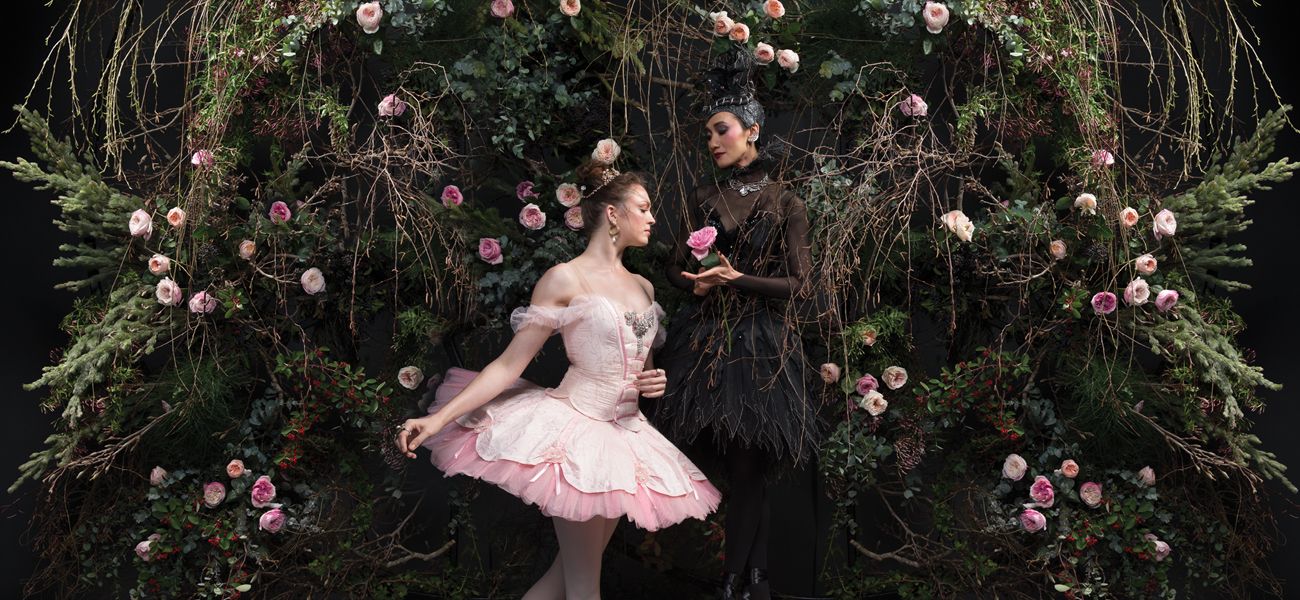The History —
In 1888, Ivan Vsevolozhsky, then Director of the Imperial Theatres in St Petersburg, wrote a scenario based on Charles Perrault’s fairy tale, La Belle au Bois Dormant. He commissioned Pyotr Ilyich Tchaikovsky to write the music for the ballet.
Vsevolozhsky entrusted the choreography to Marius Petipa, maître de ballet at the Imperial School. Petipa played the score repeatedly on the piano until he had completely immersed himself in the music, and frequently sought Tchaikovsky’s advice as he worked on the choreography. The ballet is a happy example of a fruitful collaboration between composer and choreographer.
The cast for the opening performance included Carlotta Brianza as Aurora, Paul Gerdt as Prince Charming and Enrico Cecchetti, who scored a double triumph in the roles of Carabosse and the Blue Bird. Petipa himself also danced a small role in the original production.
The Sleeping Beauty premièred in January, 1890 at the Maryinsky Theatre in St Petersburg. By 1903, it was the second most popular ballet in the repertory of the Imperial Ballet, having been performed 200 times in only ten years. 30 years later, Diaghilev’s Ballets Russes brought The Sleeping Beauty to the West - revised, re-designed by Léon Bakst, and titled The Sleeping Princess.
Diaghilev’s production was first performed at the Alhambra Theatre in London in 1921. It was the Ballets Russes’s first full-length ballet, and was later followed by Swan Lake. However, the difficulties of presenting such elaborate and lengthy productions led to Diaghilev deciding against performing full-length works, and he retained only the last scene from The Sleeping Princess in his company’s repertoire, under the title Aurora’s Wedding.
